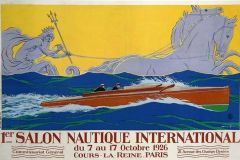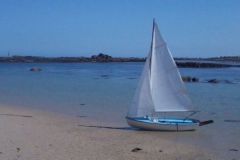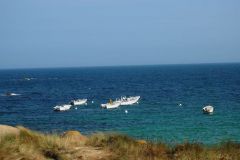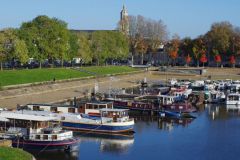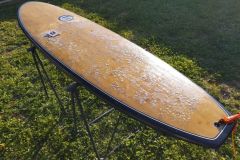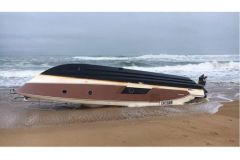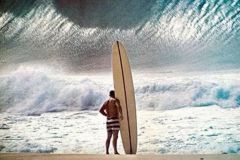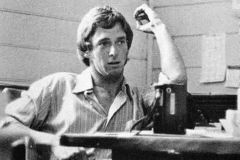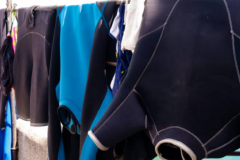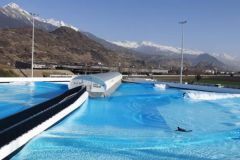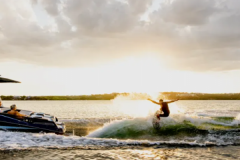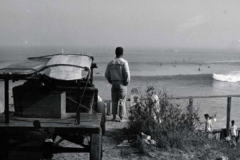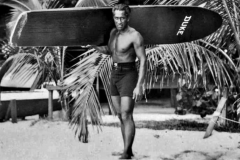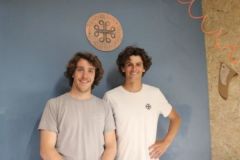Hawaii is considered to be the island where surfing took root in the 16th century, to become the sport we know today. In this Pacific archipelago, surfing is an integral part of daily life. In 1778, navigator James Cook set out to explore the South Seas and discovered two archipelagos, which he named the Sandwich Islands. Among the many surprises revealed to Westerners in these unexplored lands, Cook and his crew were particularly struck by the locals' enthusiasm for surfing. Adopted by the Americans at the beginning of the 20th century, this sport, which attracts a great deal of interest, makes a fortuitous appearance on the French coast.
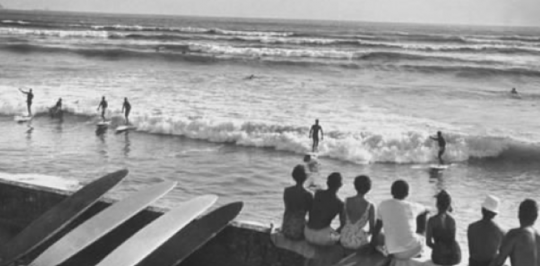
To whoever can stand the longest
Bichuet, Pondepeyre, Dogny, Bergeruc, Lartigue, Durcudoy, Plumcoq, Bergeruc, Laharrague, Moraïz, Reinhardt, Barland, de Rosnay, Rott, Hennebutte... These were the names of a group of young local enthusiasts of the time, who assiduously criss-crossed the Basque coastline, proudly displaying their equipment of choice, the " planky "One of them, Jacky Rott, a native of Dax, saw his life take a decisive turn in a movie theater in 1951. One of them, Jacky Rott, a native of Dax, saw his life take a decisive turn in a movie theater in 1951. Before the film, a report commemorating the 10th anniversary of the attack on Pearl Harbor in Hawaii is shown. The footage shows American servicemen playing their favorite sports, from basketball to tennis to American soccer. Suddenly, he was fascinated by the image of a man riding down a wave on a surfboard. A few seconds that would remain engraved in his memory and influence the course of his life.
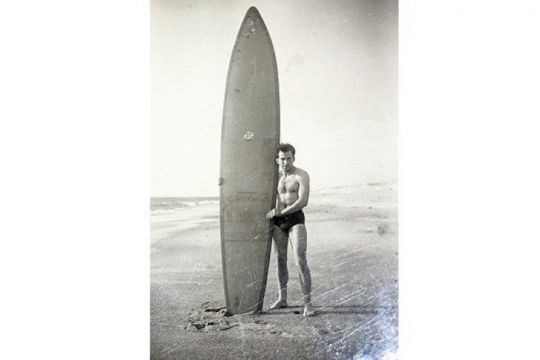
Shortly afterwards, in 1957, American screenwriter and surfer Peter Viertel was in Biarritz before shooting his film "The Sun Also Rises", an adaptation of the novel by American writer Ernest Hemingway. He is accompanied by his surfboard, which he brought with him from California. Discovering the waves of south-west France, he realized that they lent themselves well to the sport, and decided to share his passion with a promising young surfer, Joël de Rosnay. Peter gave Joël surfing lessons and entrusted him with his board while he went to Spain for his film shoot. It was a foregone conclusion that surf-riding in France. At the time, wax was not yet used on stage, and the aim was to stay upright as long as possible!
The first shapers of the hexagon
The beginnings of surfing were rather difficult, due to the lack of suitable equipment. During the winter of 1957-1958, Barland, a resourceful engineer, and his collaborators, Rott and Hennebutte, set about manufacturing boards using balsa wood, a lightweight material that was rare in France at the time. Inspired by a 1935 photo of a surfboard found in National Geographic, they made their first model in January 1958. Initial tests in the water proved disappointing, as the rails were too straight.
In July 1958, Peter Viertel's return to Biarritz with three balsa boards from America marked a turning point. Barland borrowed one of these boards and noticed a marked improvement in his performance on the water. The work had only just begun. By the end of the summer, he had succeeded in selling his third plywood creation. At the same time, his colleague Rott, from the Landes region of France, also sells his first boards. Until 1958, these were made exclusively of wood, but the advent of plastic changed all that.
Faced with the same challenges, Barland and Rott decided to merge their skills under the Barland-Rott brand, creating the first French board manufacturing company. The quality of their products and their near-monopoly quickly led to success. After a few years working together, the two entrepreneurs parted company.
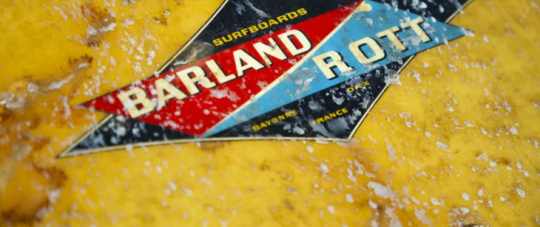
In the 1970s, Michel Barland developed a robot-machine that ''pre shape '' the boards.
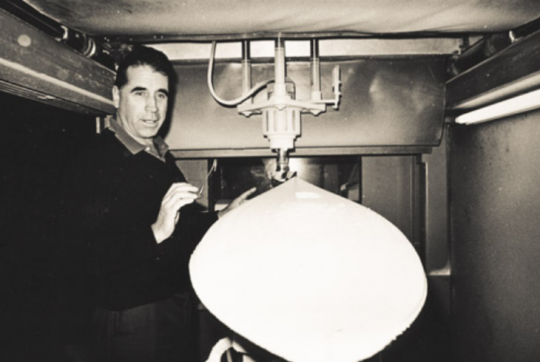
Surfing becomes more democratic
At the time, these young people, wearing a casual look, bare-chested, with their hair blowing in the wind, and apparently without any conventional employment, aroused suspicion and disapproval. The mayors of the coastal towns decided to hunt down the surfers, considering them a threat to bathers' activities and a disturbance to public peace and order. Faced with this opposition, the Tontons Surfeurs (Joël de Rosnay, Peter Viertel, Georges Hennebutte and Jacky Rott) set about gradually institutionalizing surfing. They understood that peaceful cohabitation with others was necessary to be able to practice their passion in complete serenity.

In the 1960s, France's surfing pioneers set up the first surf clubs. In September 1959, the Waïkiki Surf-Club was founded in Biarritz by these Tontons Surfeurs. During this period, Hennebutte developed the "chevillère", the forerunner of the leash. At the same time, Barland and Rott were working on innovative boards, introducing the first polyurethane foam boards. The "Tontons Surfeurs" set up the first clubs on the Basque Coast, then in the Landes at Seignosse (1968) and Biscarrosse (1969), contributing to the rapid spread of surfing through the specialized media, the general public and television.
The Côte des Basques, a mythical spot
At the same time, in the 1960s, surfing became an essential part of pop culture. Its presence was evident in films such as Gidget, and in music with the Beach Boys. This decade marked the apogee of surfing, transcending its status as a simple sport to become a veritable lifestyle influenced by Californian culture, and spreading worldwide.
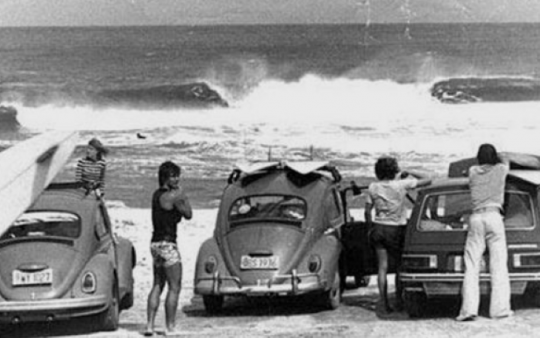
On the Côte des Basques, many newcomers are taking up surfing, attracting thrill-seekers and enthusiasts alike. Thanks to Joël de Rosnay, who shares his experience of world surfing championships in Australia and Peru, the waves of the Basque coast are becoming a popular destination for surfers from all over the world.
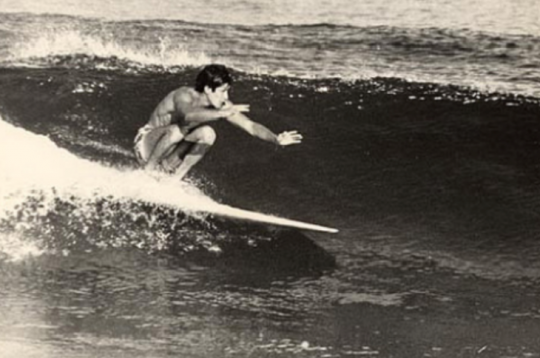
In August 1964, the French Surf Riding Federation was born, marking the beginning of the structuring of the spots, which now have their own clubs. The federation's headquarters were first established in Biarritz, before moving to Hossegor in 1984. Surf schools also appeared, reinforcing the growth of the sport.
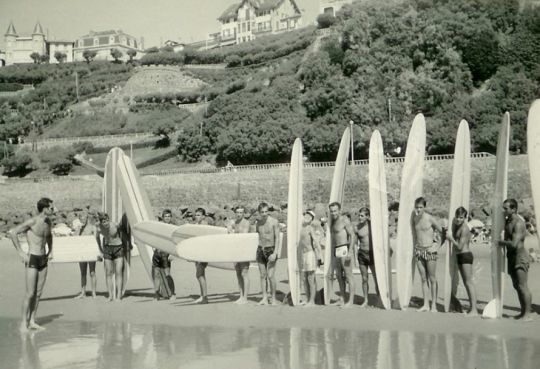
The first French Championships were held in Biarritz on September 12, 1960, and since 1965 have been organized under the aegis of the Federation.
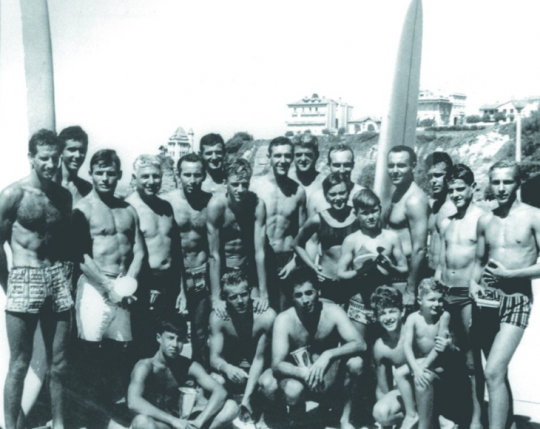
A common heritage
Hossegor is fast becoming an international surfing stronghold. In August 1987, the Landes region hosted the first stage of the World Championships in Hossegor, a tradition that continues uninterrupted to this day.
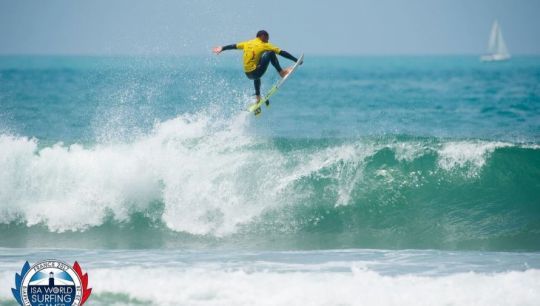
Today, everyone's passion for surfing is evolving at a breakneck pace. The jargon, the boards and the accessories undergo constant metamorphosis. Jérémy Florès, Antoine Delpero, Justine Dupont... names that resonate in the French surfing panorama.
The number of surfers in France has risen from a few dozen in the 1960s to almost a million today, 80,000 of whom are members of the French Surfing Federation. And, lest we forget, surfing will be part of the 2020 Olympic Games! In fact, four athletes will represent France in the Olympic events to be held from July 27 to August 4, 2024 in French Polynesia at Teahupo'o: Kauli Vaast, Vahine Fierro, Johanne Defay, and Joan Duru.
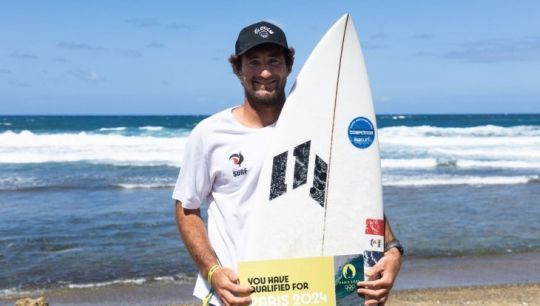

 /
/ 



